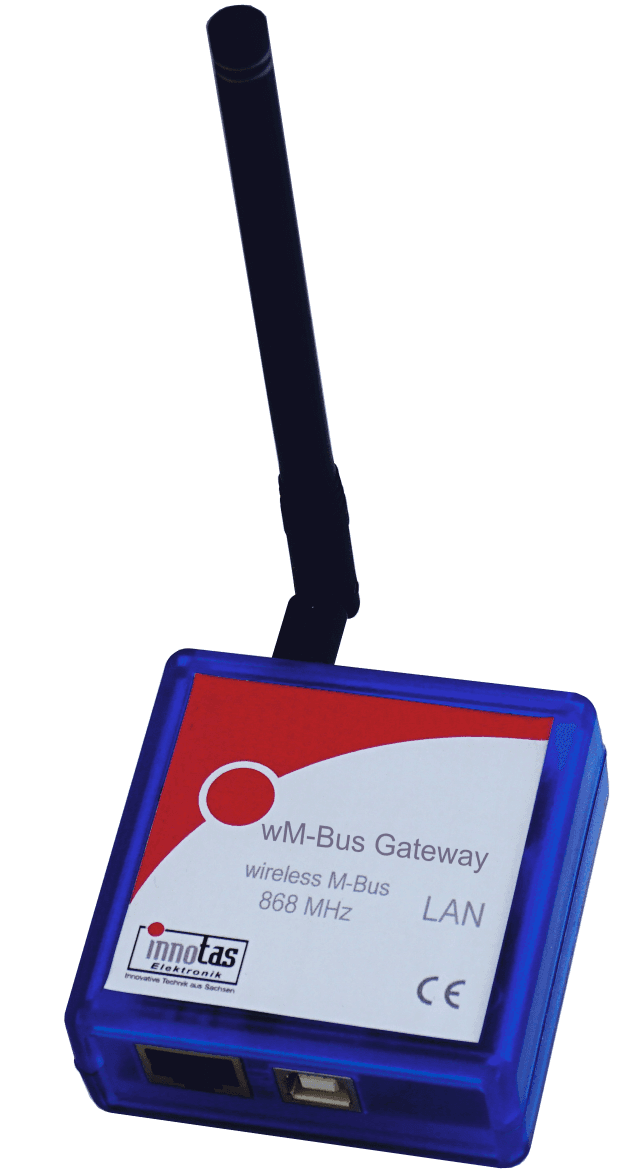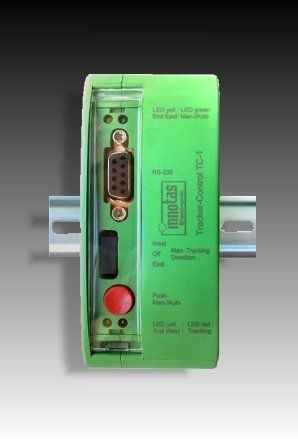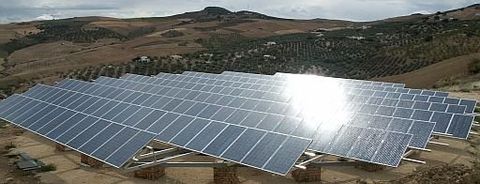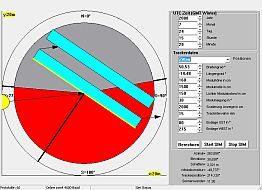Solar tracker
This device controls the tracking of solar panels on solar trackers or similar systems based on the position of the sun via astronomical data. This tracking takes place uniaxially in the horizontal plane using elevation and azimuth data from the sun. To avoid shading of the solar panels from one another, a function is implemented which prevents this shadow formation by means of an angle correction. During the day, the tracker moves from east to west. After sunset, the tracker is turned back in the evening. The control is based on the geographic coordinates and the time. The angle adjustment of the tracker takes place depending on the variant based on its speed (time control without rotary encoder) or via an absolute rotary encoder. Two limit switches are provided to limit the rotation and for synchronization. Two relay outputs, each turning westward and eastward, are implemented for the motor control. After a power failure, the tracker control immediately moves the solar tracker to the current position in the sun. To do this, it only needs the necessary mains voltage, a reversing protection circuit and a three-phase motor with gear. A limit switch is installed in the east and west directions. You do not need an expensive angle encoder for this.
Shadow compensation
When tracking solely according to the position of the sun, depending on the panel size and inclination, the panels can be shaded from one another when the sun is low. This significantly reduces the yield of the solar system. The electronics prevent the construction-related shadowing by turning the tracker in the morning and evening in relation to direct radiation. The panels are then irradiated from the side.
PC simulation and parameterization
The course of the sun in a geographical location over time can be simulated with the PC program. The shadow cast can be calculated and simulated according to the panel size and distance. The simulation data can be used directly to parameterize the tracker control.







